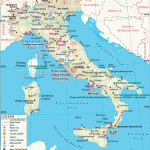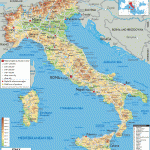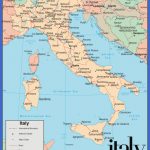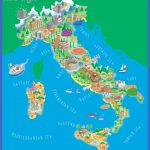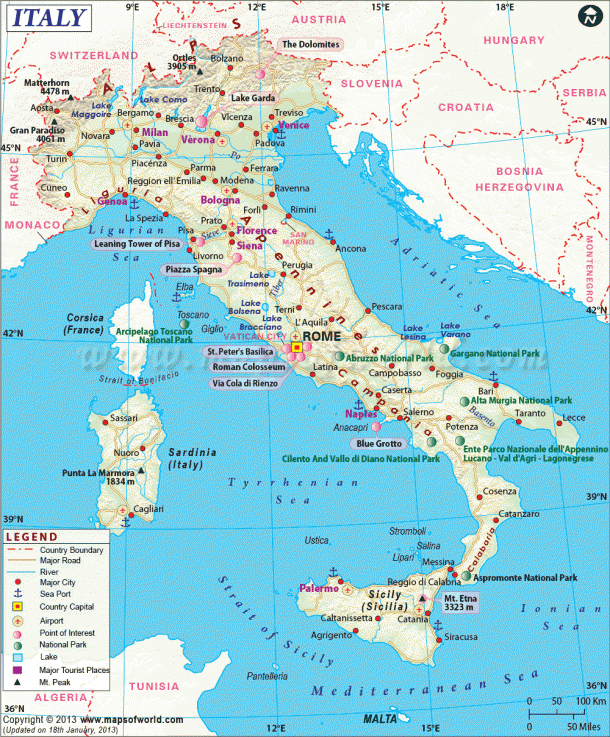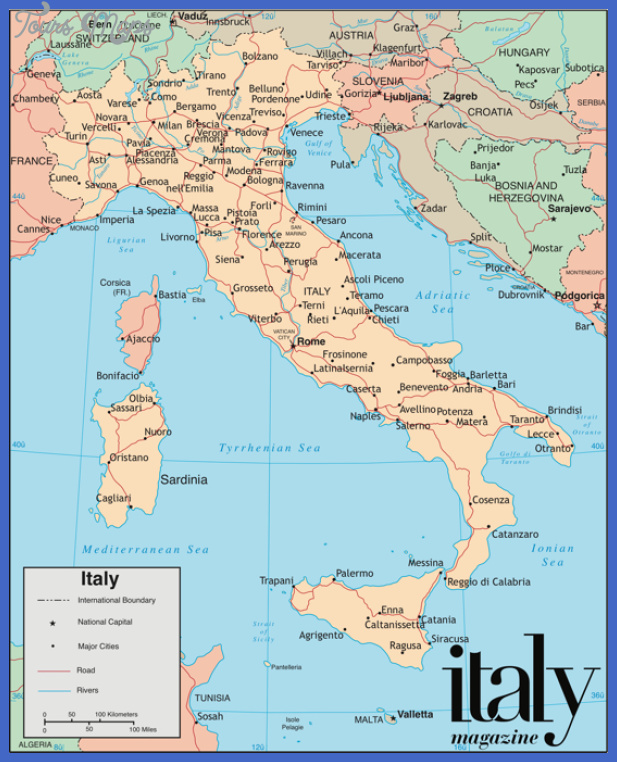Visitors to Florence find the place jammed in the summer, the prices and temperatures high. They have great difficulty in finding a table in the town’s most famous square, Piazza della Signoria. It was here in 1497 that the fiery Dominican priest, Savonarola, touched the Florentines’ sense of guilt from too much good living, and set the torch to blogs, paintings and musical instruments. Unfortunately for Savonarola, the guilt feelings were fleeting. The next year in the same square the torch was set to Savonarola.
The merchant families of Florence had prospered during the period of the Crusades from trade in wool. The fine gold stamped with a lily, the florin, became an international currency. By the 1420s the Medici clan had emerged as Florence’s leading family and in 1434 Cosimo Medici became Florence’s ruler. Other Medicis followed in power. Cosimo, and especially Lorenzo the Magnificent, collected art and built palaces. Cosimo provided the first public library in Europe. Lorenzo, his grandson, by the time he died in 1492, had amassed an unsurpassed art collection. The Medici family ruled until 1737. Their palace is still the government headquarters of Florence. Their villa at Castillo nearby houses a scholarly academy. Their offices, the Uffizi, are crammed with art treasures. Their family motto, In the name of God and good luck, put into action by a shrewd and energetic family, has meant a lot of good luck for the city of Florence and for the millions of visitors who have come to experience a living Renaissance city.
Jewelry shoppers will probably visit the Ponte Vecchio Bridge over the Arno River where the shops of jewelers and goldsmiths have been located since the fifteenth century. They will probably not know that the bridge was first occupied by the town’s butchers who located there so they could toss their by-products into the Arno River. They built their homes on top of their shops. The odors got so vile that the ruler had them replaced by the jewelers and goldsmiths.
If the average American were asked to name the five most important cities in the world, Rome would probably be one of them. A major reason is that Rome surrounds Vatican City, a separate entity governed by the Pope and his cardinals. One of the ironies of travel is that the tiniest of all states attracts more visitors than most nations. Vatican City, 108.7 acres in size with a population of one thousand, attracts as many as eight million of the faithful and the curious. The USSR, the biggest country, attracts a relatively small number other than from neighboring communist bloc countries. Religion may be the opiate of the people but it also stimulates great numbers of believers into taking long journeys not only Christians to Rome, but Muslims by the millions to Mecca. To carry comparisons even further, Disney World attracts at least 50 percent more visitors than Vatican City.
Vatican City is entertainment as well as art and architecture. The very serious Swiss Guards wear striped red, yellow, and blue uniforms with leg-of-mutton sleeves. St. Peter’s Basilica overpowers the viewer, esthetically and in sheer size, the largest and most awesome church in the world. It has standing room for 100,000 people and contains a library of one million volumes. The Vatican Woods and Gardens has trees, flowers, footpaths, fountains of all shapes and, of course, marble angels. There is the seventeenth century Galleon complete with water cannons and a marble boy at the prow blowing a spray through his horn. Vatican Radio is one of the world’s most powerful, broadcasting programs in thirty languages. The Teutonic Cemetery goes back to the year 799 A.D. and some of its soil was brought from the hillside in Jerusalem where Christ died on the cross. A three hundred-bed hotel operated by nuns caters to pilgrims. On the west side of St. Peter’s Square is the Vatican Tourism Information Office.
Italy Map Photo Gallery
Maybe You Like Them Too
- The Best Cities To Visit in The World
- World’s 10 Best Places To Visit
- Coolest Countries in the World to Visit
- Travel to Santorini, Greece
- Map of Barbados – Holiday in Barbados

